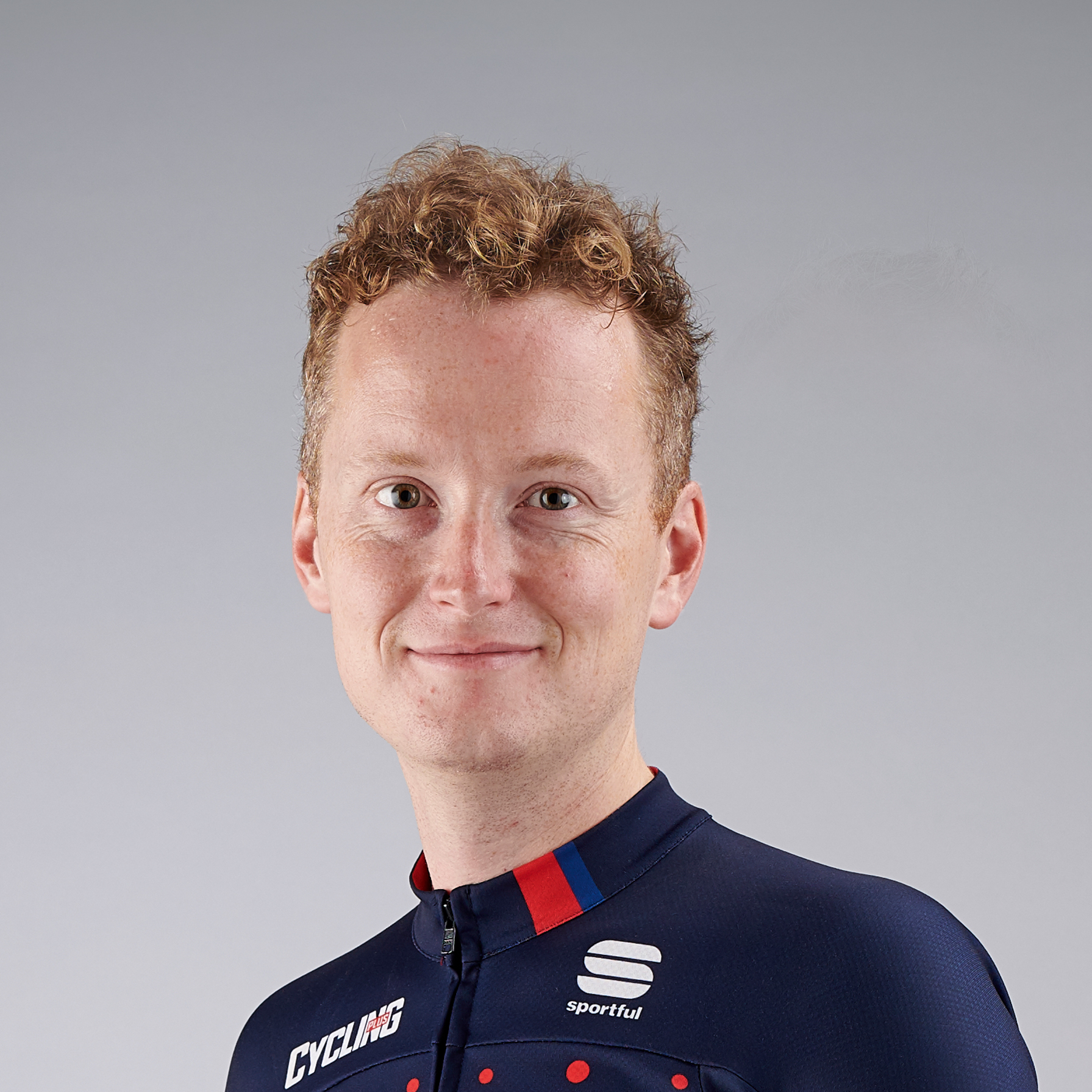Ridley chose the launch of the Vacansoleil-DCM Tour de France team to unveil the new version of their Noah Fast aero road bike on Thursday.
It was the appropriate setting of a former Formula One race track – Zolder, in Belgium – that played host to the bike that the Belgian pro team will use this July. The new bike spent three years in development and the frame is much the same as its previous incarnation.
After apparently hitting a dead end in terms of low weight and high stiffness (keep getting lighter and you’re endangering the rider, keep getting stiffer and the ride gets uncomfortable), Ridley focused their attention on what many manufacturers are doing these days – aerodynamics. Bikes such as the Specialized Venge and the Scott Foil have achieved improvements in this through top tube, seat post and headtube shapes. The Noah FB has all these, with a couple of eye-catching additions: split forks and seat stays for integrated front and rear brakes.
Ridley says both are patented solutions to an aerodynamic problem, specifically the front and rear brake callipers. By splitting both, they have been able to integrate both brakes within them, much in the same way as many top-end time trial bikes, in order to reduce drag. Ridley calls it "the brake that makes you faster."

The rear brake (Eamon Fitzpatrick - Pro Cycle Images)
The forks and seat stays are essentially double width and it’s only the top rear of each that is the brake mechanism. There were concerns that if the brake was damaged it would cost you an entire new fork, but Ridley say this isn’t the case and it’s only this top section which would need replacing. They reckon the brake will last the lifetime of the frame, so there shouldn’t be any worries on that score. They also confirmed the brakes are compatible with SRAM, Shimano and Campagnolo components.

The front brake is rear mounted
At the front, Ridley say the split fork reduces the effect of air interacting with the spokes and wheels, effectively creating a vacuum, cutting drag by seven percent compared with a "competitor fork." On the track, they compared the Noah FB with their lightweight Helium and found you need to put out 20 watts less on the Noah FB to reach 40km/h (25mph).
There are five advantages to the integrated fork, according to Ridley. With no callipers, it’s more aerodynamic; there are weight savings with no need for callipers (the frameset weighs less than the previous Noah); better braking performance, with less brake movement; less maintenance and easily adjustable brakes (a lever on the cable near the handlebars allows you to open them).

The F-Surface 'go faster strips' on the head tube (Eamon Fitzpatrick, Pro Cycle Images)
They’ve also retained the F-Surface, which are rubbery strips at strategic points on the frame and have featured on the Noah and Dean time trial bikes.
Ridley Product Developer Eric Vloemans told BikeRadar that the strips act in much the same way as dimples on a golf ball, allowing air to travel smoothly around the frame instead of creating turbulence. Ridley tests showed when travelling between 50 and 70km/h the strips produced an average of four percent less drag.
Pricing wise, the frameset will cost around £3,899 in the UK, $5,395 in the US and €4,499 in Europe. A full bike with Shimano Di2 will cost around £9,000.
First impressions
First impressions of the bike were favourable, which is more than what can be said for the apocalyptic conditions. We know the bike is called Noah, but his Ark would have been more useful than the FB at one stage. A scheduled race on the race track with the Vacansoleil-DCM was shelved because of the rain, but we managed to get a solid hour in before the heavens opened.
It’s hard to judge such marginal aerodynamic advantages when you’re battling to stay upright, but it’s a much smoother ride than another of its aero rivals, the Specialized Venge. We didn’t have a computer, so it’s hard to know if this comfort had an impact on speed, but it certainly felt quick. Hugely so compared with another bike we tried – Excalibur – but given its place in the pecking order and its eye-watering price tag, it should have done. We’ll have a more detailed first ride review up later in the week.
Vacansoleil-DCM will be using the Noah FB on the Tour’s flatter stages, with the existing Helium model the preserve of the mountains. The full nine-man team was announced at yesterday’s unveiling, and is as follows: Johnny Hoogerland, Wout Poels, Rob Ruijgh, Lieuwe Westra, Björn Leukemans, Thomas De Gendt, Marco Marcato, Borut Bozic and Romain Feillu.










